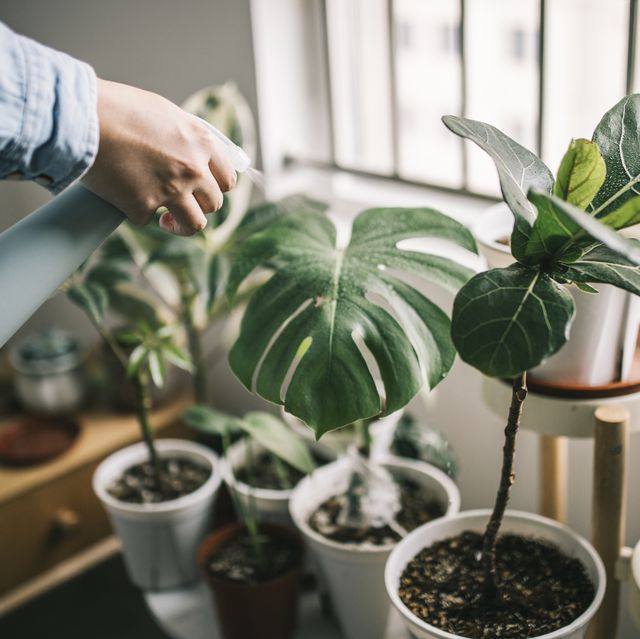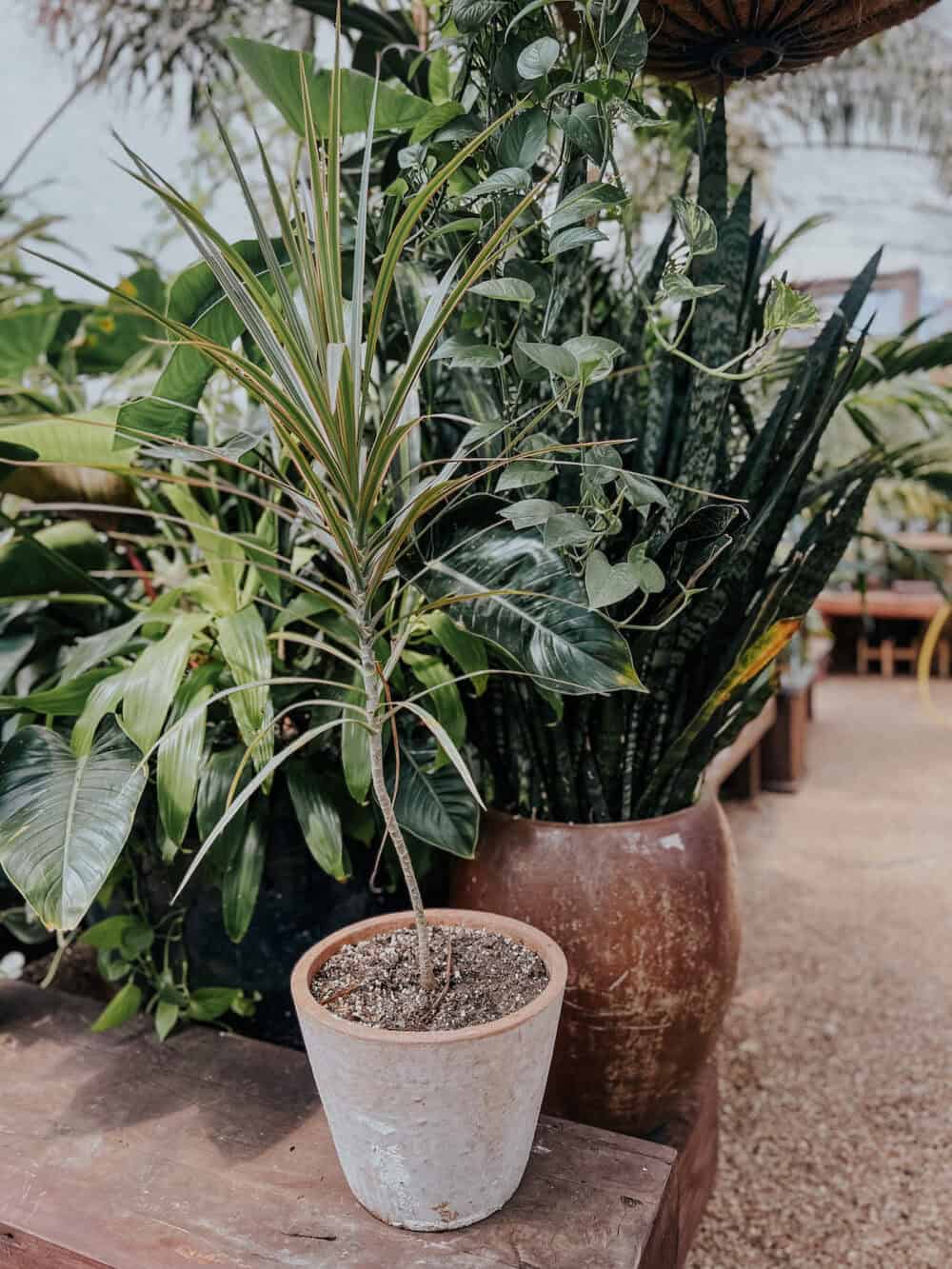Best Low-Light Indoor Plants That Thrive with Minimal Sunlight
Best Low-Light Indoor Plants That Thrive with Minimal Sunlight
Blog Article
Transform Your Home With Beautiful Low-Light Indoor Plants and Their Advantages
Including low-light interior plants into your home can dramatically boost both the aesthetic and ecological high quality of your living spaces. These plants, which prosper in dark problems, offer not just as ornamental elements however additionally as natural air purifiers, making them suitable for urban dwellers or those with limited sunshine direct exposure. As we explore the various types of low-light plants and their advantages, you might find surprising ways to incorporate them right into your home that can change your surroundings in means you might not have actually prepared for.
Advantages of Low-Light Plants
Low-light plants offer many advantages for indoor environments, making them an exceptional option for both beginner and experienced gardeners. Among the key benefits is their flexibility to low-light conditions, allowing individuals to improve their home without the requirement for extensive sunshine exposure. This characteristic makes them perfect for homes, workplaces, and various other locations with restricted natural light.

Moreover, incorporating low-light plants right into home design can elevate the visual charm of a space. Their rich foliage and varied appearances create a soothing ambience, adding to overall well-being. Finally, the existence of greenery has been connected to decreased anxiety levels and enhanced efficiency, making low-light plants a functional selection for boosting both mental and physical health and wellness in indoor settings.
Leading Low-Light Indoor Plants
While several interior plants prosper in bright light, numerous varieties are particularly well-suited for low-light problems, making them suitable for different indoor areas. One preferred selection is the Serpent Plant (Sansevieria), known for its striking upright leaves and durability, needing marginal treatment. One more superb option is the Pothos (Epipremnum aureum), which includes heart-shaped leaves and can route beautifully from hangers or racks, growing in low light and including a rich touch.
The ZZ Plant (Zamioculcas zamiifolia) is celebrated for its shiny fallen leaves and capacity to endure forget, making it ideal for active way of livings. Likewise, the Peace Lily (Spathiphyllum) not just tolerates reduced light yet additionally produces stunning white blossoms, boosting any room's visual.
For an one-of-a-kind touch, think about the Cast Iron Plant (Aspidistra elatior), which indeed measures up to its name, prospering in the darkest edges of your home. Finally, the Chinese Evergreen (Aglaonema) supplies a variety of fallen leave patterns and colors while being extremely flexible in low-light problems. These plants not only beautify interior settings however additionally add to air purification, improving your home.
Treatment Tips for Low-Light Plants

Sprinkling techniques are essential; these plants usually prefer slightly completely dry problems. Overwatering can bring about root rot, so guarantee that the top inch of soil is dry before sprinkling once more. Usage pots with drainage holes to permit excess wetness to escape.
Humidity is one more essential aspect. Lots of low-light plants, such as brushes and tranquility lilies, take advantage of greater moisture levels. To enhance humidity, take into consideration misting the fallen leaves or positioning a tray of water near the plants.
Fertilizing ought to be approached with care. During the expanding season, make use of a weakened, well balanced fluid plant food monthly to support development, yet prevent feeding during the inactive winter season months.
:max_bytes(150000):strip_icc()/low-light-conditions-houseplants-1902917-834ee8847a324939b796845a6bc22d36.png)
Imaginative Ways to Present Plants
Interior plants can act as captivating centerpieces in any kind of space, enhancing both visual allure and atmosphere. Creative screens can elevate the aesthetic influence of low-light plants, making them an indispensable part of your home style. One effective method is to use tiered plant stands, which allow you to display multiple plants at varying heights while maximizing floor space.
Hanging planters are an additional ingenious choice, creating a sense great post to read of deepness and attracting the eye upward. Think about macramé wall mounts or wall-mounted shelves to introduce a distinct appearance and style.
For a more structured method, usage geometric terrariums or glass containers to house your plants, adding a contemporary touch to your interior garden. You can additionally repurpose vintage things, such as teacups or wooden crates, for an eclectic display screen that mirrors your individuality.
Enhancing Home Ambiance With Plants
Incorporating low-light plants into your home not just enhances visual appeal yet also contributes significantly over here to the overall setting. These plants offer as natural decoration components, introducing a sense of serenity that can transform any type of space. The existence of greenery cultivates a calming environment, which is specifically useful in high-stress atmospheres such as home workplaces or living spaces.
Low-light plants, such as snake plants, pothos, and ZZ plants, are not only aesthetically pleasing yet likewise improve indoor air quality by filtering toxins. This dual function enhances the atmosphere additionally, creating a much healthier space (Best low-light indoor plants). The strategic placement of these plants can also affect the perception of room; for circumstances, high plants can draw the eye upwards, making ceilings show up higher and areas extra roomy
Moreover, varying appearances and colors of foliage include depth to interior decoration, permitting creative expression in home styling. Whether positioned on shelves, in edges, or as centerpieces, low-light plants can raise the state of mind of any kind of space. In recap, integrating these plants right into your home is a reliable method to cultivate a warm, inviting atmosphere while enjoying the advantages of boosted air top quality and visual flexibility.
Conclusion
Integrating low-light indoor plants into home atmospheres uses many benefits, consisting of enhanced visual allure and enhanced air quality. These resilient plants, such as the Serpent Plant and Tranquility Lily, require marginal light and upkeep, making them suitable for diverse lifestyles.
While several interior plants thrive in bright light, numerous types are particularly fit for low-light problems, making them suitable for various indoor spaces. One effective technique is to make use of tiered plant stands, which allow you to display numerous plants at varying heights while maximizing flooring room.
Low-light plants, such as serpent plants, pothos, and ZZ plants, are not just visually pleasing but likewise improve indoor air high quality by filtering system contaminants. Best low-light indoor plants. The calculated placement of these plants can likewise affect the assumption of area; for circumstances, tall plants can draw the eye upward, making ceilings appear higher and spaces more large
These durable plants, such as the Snake Plant and Tranquility Lily, call for minimal light and upkeep, making them suitable for diverse way of livings.
Report this page